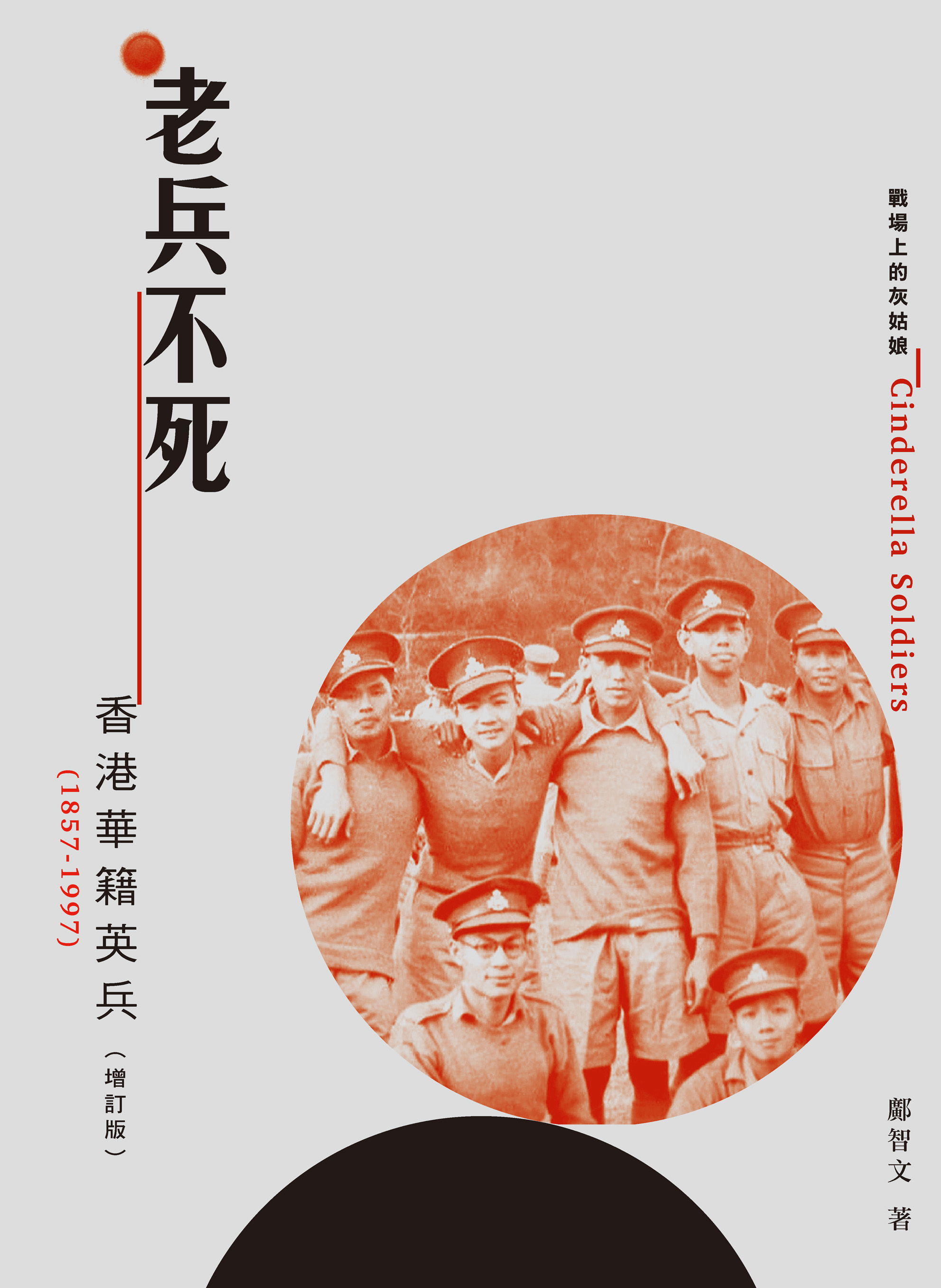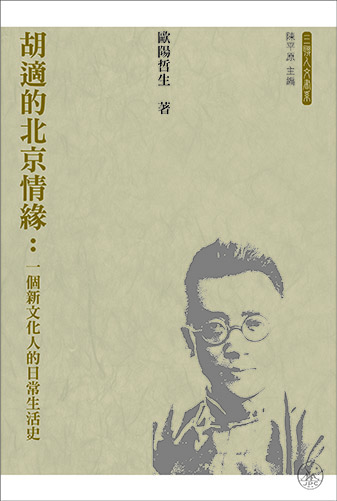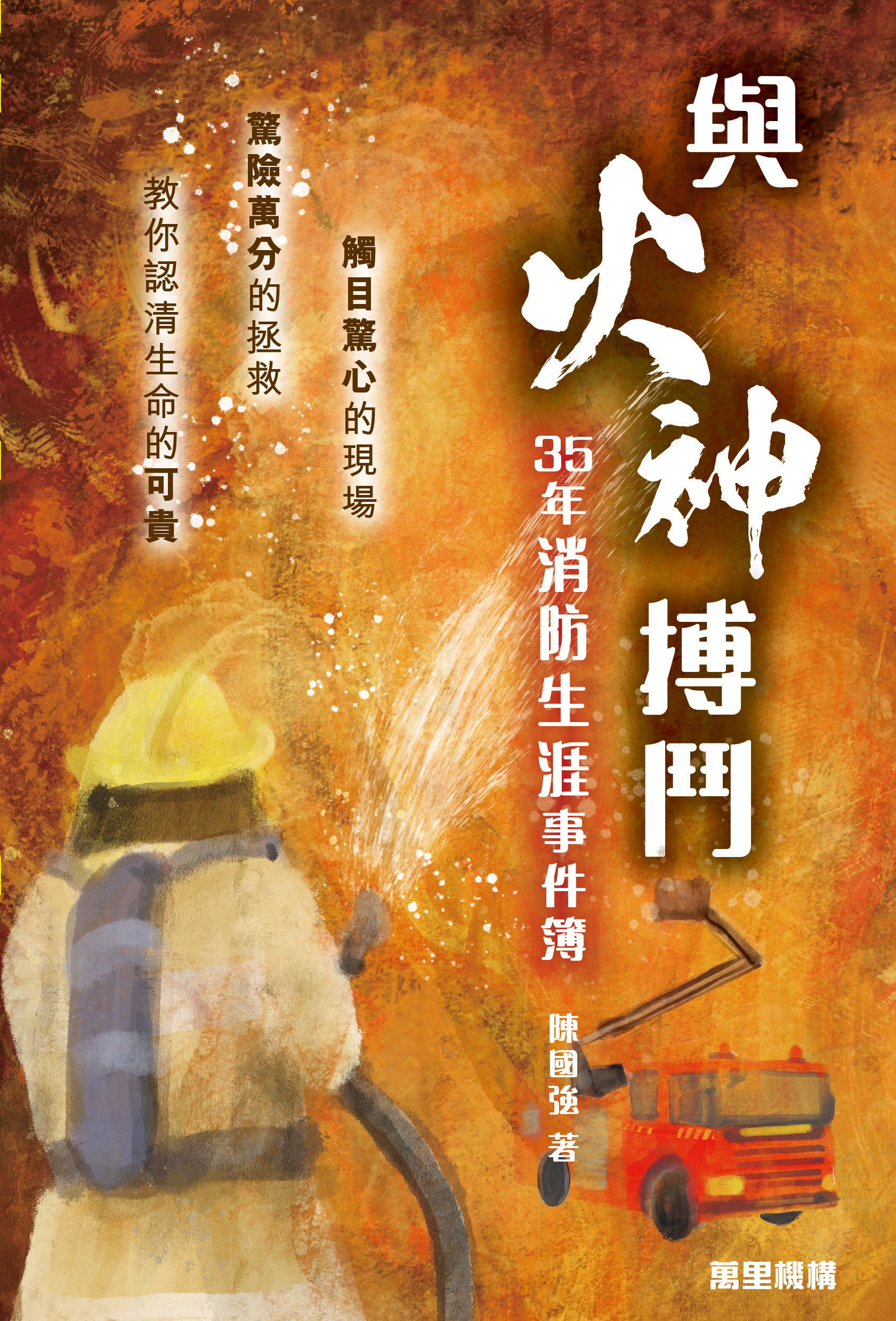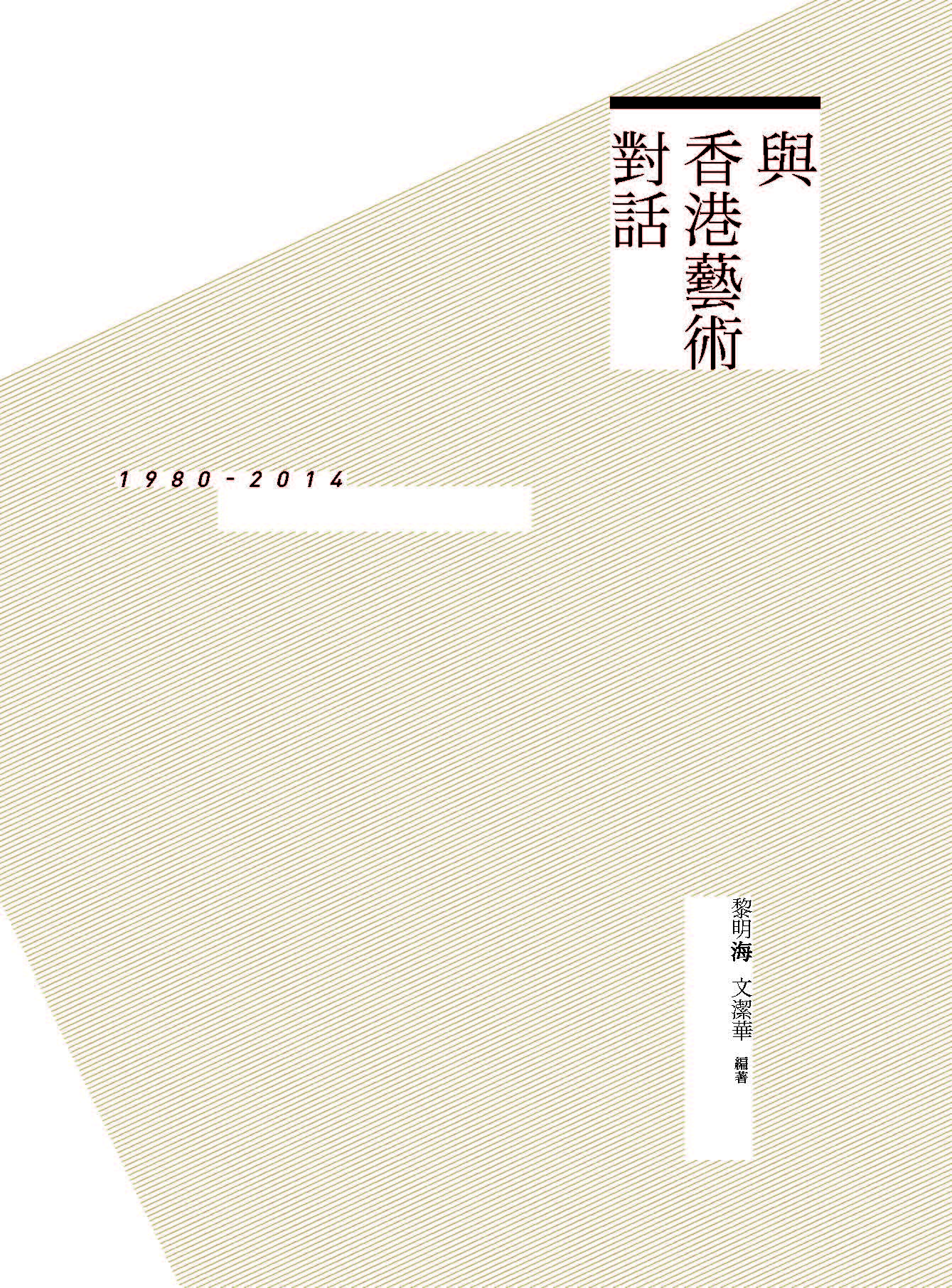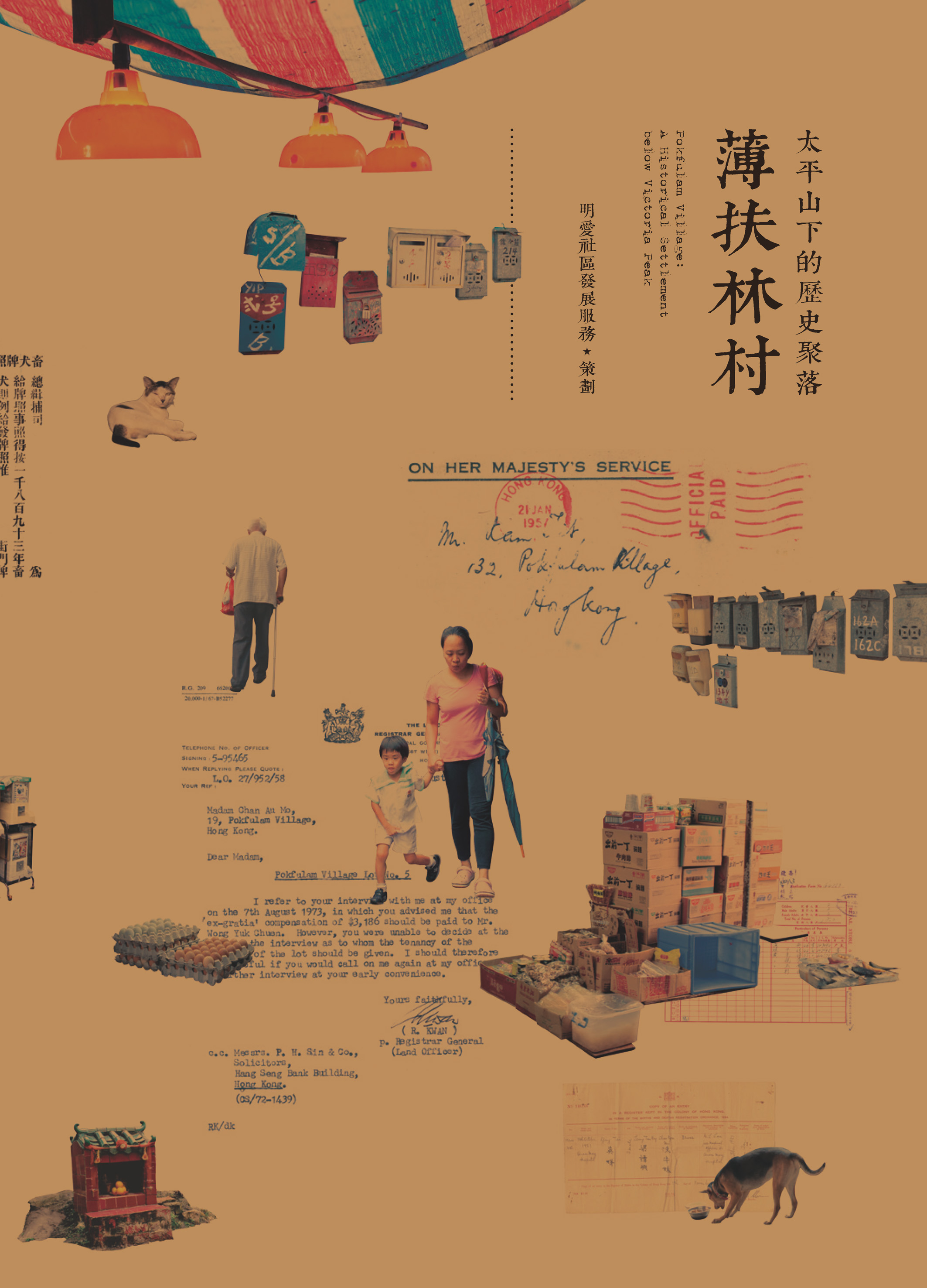e-Book List
e-Book
As early as 1857, the British army recruited Chinese people to serve as logistics workers. At the end of the 19th century, Chinese sailors, torpedo gunners, and labor teams appeared in Hong Kong one after another, and their roles were different. During World War II, ethnic Chinese joined the British army extensively. In addition to the well-known British Army Service Corps, there were also artillery, engineering, Chinese Legion, defense forces, and special forces such as the Hong Kong Volunteer Brigade on the Burma battlefield. After the war, ethnic Chinese soldiers in the British army continued to play a role in Hong Kong's defense. It was not until 1997 that their identity became a historical imprint with the end of the colonial era. Although these soldiers have faded out of history with the transfer of Hong Kong's sovereignty, they have indeed contributed to defending Hong Kong and even old China in the past century of military service. Although the identity of ethnic Chinese British soldiers has vanished into thin air, it has made it into history, and their spirit should be remembered by people. As a military song says, "Old soldiers never die, they just fade away." The cooperation between ethnic Chinese and British soldiers for more than 100 years is a unique portrayal of the history of "Chinese and foreign coexistence" in Hong Kong. This book is not only to rediscover "local soldiers" and review this forgotten history of Hong Kong, but also to examine the relationship between British colonizers and Hong Kong Chinese from the perspective of Chinese British soldiers.
- AuthorKwong Chi-man
- PublisherJoint Publishing
- Publication Date2018
This book is the latest offering in the Joint Publishing’s "Humanistic Book Series". It is a new collection of Professor Ouyang's research on Hu Shi, aiming to "focus on the small" and explore details of his daily life, in order to reveal his lifestyle and living environment as a new age intellectual. In terms of content, it covers Hu Shi's daily life history in Beijing; his cultural exchanges between China and the West during the May Fourth period; the fate of two cross-cultural figures, Hu Shi and Stirling; contemporary response to Hu Shi and his works in Japan; reference to his diary when he studies abroad and its documentary value; and a review of the author's research on Hu Shi. The historical materials are solid; the arguments are precise; and many areas untapped by other scholars have been exposed. It is a masterpiece that fully disseminates Hu Shi, an important cultural figure, on various levels and dimensions.
- AuthorOuyang Zhesheng
- PublisherJoint Publishing
- Publication Date2022
- Preview
This book helps readers understand the duties and job nature of firefighters in Hong Kong. It compares the differences between past generations and current firefighters in terms of their equipment, vehicles, and training. It works to rectify public's misunderstandings about firefighters. This is a great way to learn about the daily lives of firefighters, the cases they encounter, and the things they need to deal with.
- AuthorKK Chan Kwok-keung
- PublisherWanli
- Publication Date2021
- Preview
This book collects and organizes the history and appearance of Hong Kong's art development in the form of oral history. It compiles the biographies and interviews of fifteen people active in the Hong Kong art scene from the 1950s to the 1970s, and deliberately retains the question-and-answer format, only with explanations on evidence and references added. In the conscious interaction between the interviewer and the interviewee, it fills in the documentation records, verifies the reliability of existing Hong Kong art historical materials, and allows the interviewees who served in different positions in the art world at that time to express their unique insights into on the Hong Kong art scene while sharing their testimony of past events.
- AuthorVictor Lai Ming-hoi
- PublisherJoint Publishing
- Publication Date2014
This book is presented in the form of oral history, recording the biographies and interviews of 28 prolific figures in Hong Kong art scene who were active between 1980 and 2014. The book is deliberately presented in a question-and-answer format, with explanations only on evidence and references. In the conscious interaction between the interviewers and the interviewees, the book fills in the gaps in the documentary records, verifies the reliability of existing Hong Kong art historical materials, and allows the interviewees who worked in different positions in the art world at that time to express themselves and share their unique insights on the development of art in Hong Kong.
- AuthorVictor Lai Ming-hoi, Eva Man Kit-wah
- PublisherJoint Publishing
- Publication Date2015
Pok Fu Lam Village is an ancient village on Hong Kong Island. It was named Pok Fowlam in the "Xin'an County Chronicle" in 1819. The existing Pok Fu Lam Village covers an area of about four hectares and has a population of about 2,800. The buildings in the village are well-organized, and the stalls on the streets and alleys are unique. Local celebrations such as the Mid-Autumn Festival Fire Dragon Dance and the Li Lingxian Sister Festival reflect the sentiments of local residents. In addition, the rich historical architectural relics around Pok Fu Lam Village, such as the Hong Kong Dairy Farm (1885), Pokfulam (1875), Nazareth Printing House (1894, now the University Hall of the University of Hong Kong), and Taikoo Building (1885), make Pok Fu Lam Village a unique community in Hong Kong. This book is divided into four parts, mainly composed of articles written by experts and scholars, plus oral histories according to villagers. The first part is composed of works from different experts and scholars who explain the uniqueness of Pok Fu Lam Village in terms of history, religion, architecture, and art. The second to fourth parts contain 21 different stories of Pok Fu Lam Village residents, including seven stories in the second part aiming to show the different historical sections of Pok Fu Lam Village, such as the simple rural life and life during the Hong Kong occupation period. Nine stories in the third part are accounts on street vendors who are still doing business in the village, and through these stories, the street scene of the golden period from the 1950s to the 1980s is reconstructed; the last part is five stories about the attitudes of villagers towards life. How people of different ages and backgrounds adapt to life in this limited space and with limited resources. The villagers' stories are written in note form, and the villagers' oral stories are recorded in verbatim to preserve the authentic Cantonese flavor.
- AuthorCaritas Hong Kong Community Development Service
- PublisherJoint Publishing
- Publication Date2012


